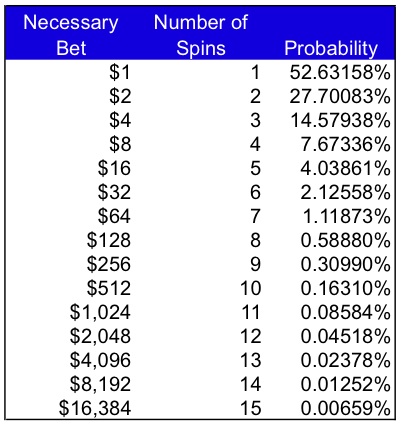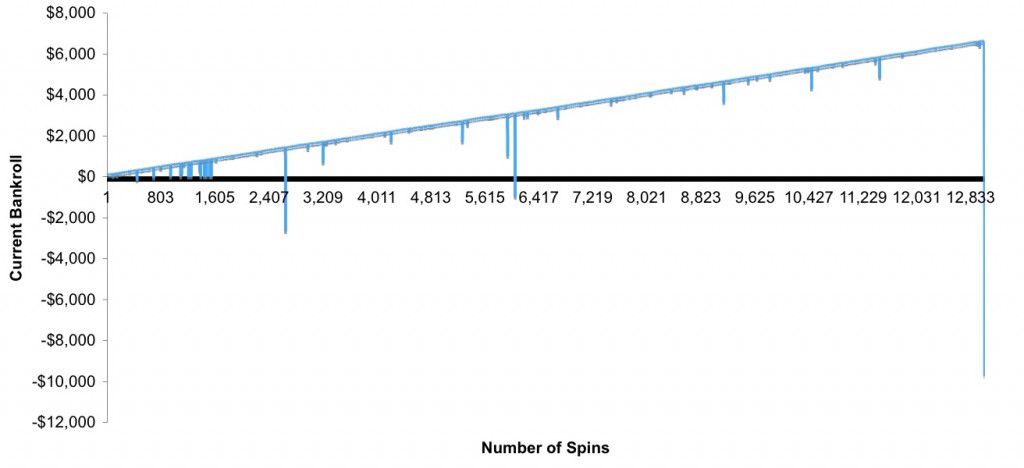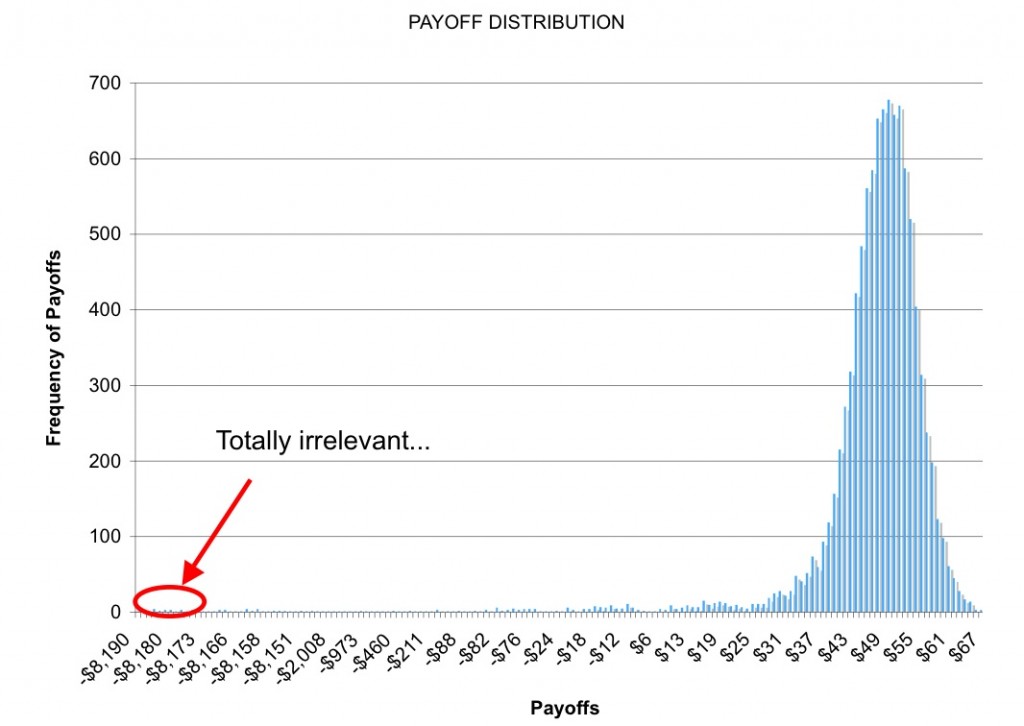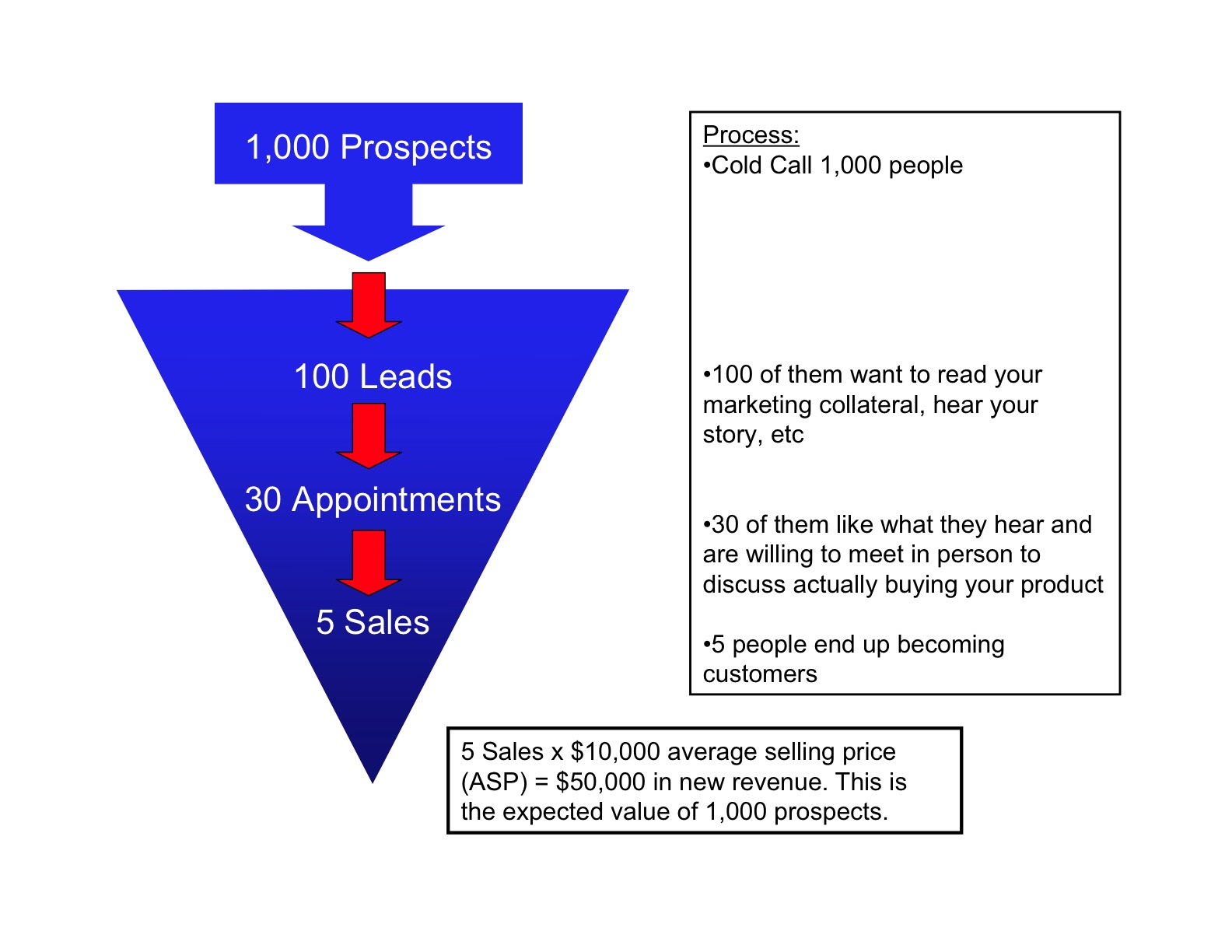I just finished writing a follow up to my post on using Python to test a basic roulette strategy. But, it’s the end of the weekend in New York, so I thought I’d post a few thoughts on this city’s nightlife instead and leave the quantitative analysis for mid week. If Ben Horowitz can habitually quote west coast rappers on his site, then hopefully I don’t get too much flak for writing about open bars! 😉
A friend and I wound up at a bar on Macdougal street in Greenwich Village a few weeks ago that happened to be about 200 yards from our freshman year dorm, the infamous Hayden Hall. We ended up at this particular location after an early dinner and a search for a happy hour using my friend’s Droid. We walked into a completely deserted bar, but decided to grab a beer to take advantage of the “happy hour” the Droid promised us. After receiving the bill for our $7 beers, it suddenly hit us how much we had failed to learn from the times we would spend trying to get into much cheaper, and more interesting watering holes during our Hayden days. Even for this city, $7 bud lights don’t qualify as a happy hour!
As I looked at the empty tables around us, I wondered how this place had stayed in business all these years? Way back when, this particular bar was known for letting in anyone and everyone, even us Haydenites – and they had done a good business as a result of their leniency. Apparently these tactics don’t cut it anymore. My guess is that they have stayed in business as the bar is sitting on a very favorable lease and the owner has made enough money where they don’t need to worry about “making money” by trying to attract “customers” (assuming they are not now a front for some other sort of illegal and profitable business). This is case study 1. Let’s assume that their lease renews sometime in the next 2 years and they go out of business as a punishment for not innovating, and for charging above market rates despite being completely devoid of any customer presence (which would give them the leverage to charge above market).
Case study 2 is MJ Armstrongs. A once moderately popular bar that, as recent as last Friday, is now packed to the brim with customers from as early as 6 PM onwards. If you haven’t read my favorite HBS case study, on Marquee (link should download the PDF), please do so as soon as possible! For the uninitiated, many of the premier nightlife institutions hire promoters who are in charge of making sure that the “right” people attend an evening’s festivities. These promoters many times lure their clientele with discounted bottle service, drink specials, and the promise of meeting pseudo celebs (is there any other kind?). What MJ Armstrongs has done is kind of interesting. Each night they give out 7-8 “VIP Happy Hours” to people on their mailing list. The people who win receive free drinks for 3 hours (either from 6-9 or 9-12), and their friends all get 1/2 priced drinks. The “winners” (I’ve been told that if you don’t win within 1-2 months of signing up for the list you are incredibly unlucky) of the happy hour basically become the promoters. Instead of bringing the beautiful people, they bring their friends. But, when you’re a dive bar on 1st avenue, any crowd is the right crowd.
It’s surprising that more places aren’t offering these types of specials (I’m talking about half price on a Friday/Saturday night, not $4 beers from 5-7). Granted, many bars can pack in patrons without these types of promotions. But, what about our friends on Macdougal Street? Why haven’t they changed their customer acquisition strategy? I can tell you first hand they were completely empty, on a Saturday night, in a location where there are probably 10,000 college students living within a 1 mile radius. Maybe they do have some sort of side business going on…
One last note, myopenbar.com has been a great resource for me over the years and I feel it my duty and priveledge to share this link with all I encounter. Essentially, many places throughout the city hold free open bars during low utilization times as a loss-leader (a loss-leader is a service/product you offer a customer at a loss to you in order to sell them other, more profitable services/products down the line) in order to attract customers. For example, give away free drinks from 9-10 on Tuesday, draw a crowd, and hope they stay long enough to repay the favor and make Tuesdays one of your best nights. I think this is a strategy we can all appreciate!





